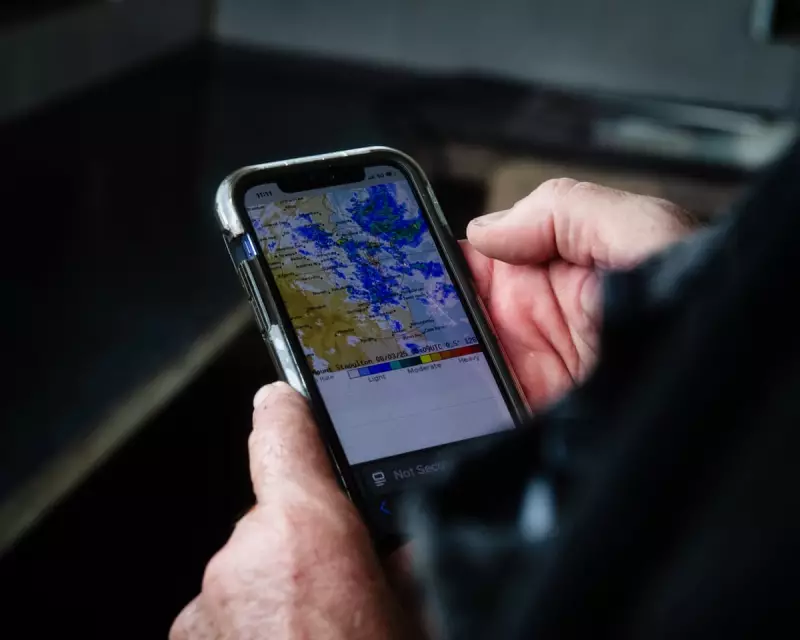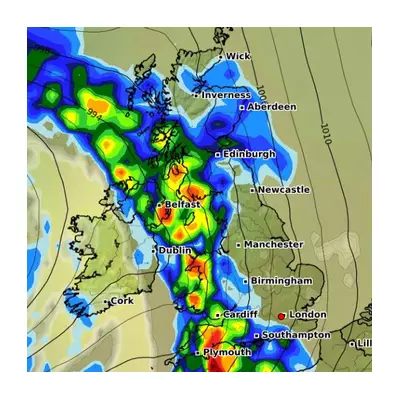
The Bureau of Meteorology's highly anticipated website overhaul has landed with a thud, drawing widespread condemnation from users across Australia who describe the new platform as "unusable" and a significant downgrade from its predecessor.
Launched this week, the multimillion-dollar digital transformation was meant to provide Australians with a modern, mobile-friendly weather service. Instead, users report encountering a confusing interface, painfully slow loading times, and the disappearance of key features they relied on for weather planning.
Frustration Mounts During Critical Weather Period
The timing couldn't be worse, with the website launch coinciding with the beginning of Australia's severe weather season. Many users attempting to access crucial information about developing storms and temperature extremes found themselves battling the new interface instead.
"Trying to check radar during storm development is now impossible," one frustrated user reported, echoing sentiments shared by thousands across social media platforms.
What's Missing? Users Identify Major Gaps
Early feedback highlights several significant shortcomings in the new design:
- Radar functionality: Previously simple-to-access radar maps now require multiple clicks and load slowly
- Location-based forecasts: The intuitive location search has been replaced with a less reliable system
- Mobile experience: Despite being marketed as mobile-optimized, many users report the site performs poorly on smartphones
- Accessibility issues: Colour contrasts and font sizes make reading difficult for some users
Government Responds to Growing Backlash
In response to the mounting criticism, the Bureau of Meteorology has acknowledged the issues and pledged to address user concerns. A spokesperson stated that technical teams are working to improve performance and that user feedback is being incorporated into ongoing development.
However, many Australians question why these problems weren't identified and resolved before the website's public launch, especially given the critical nature of weather information for public safety and agricultural planning.
As the Bureau works to fix the platform, users are left wondering whether the promised improvements will materialize before the next major weather event tests the system's capabilities.





